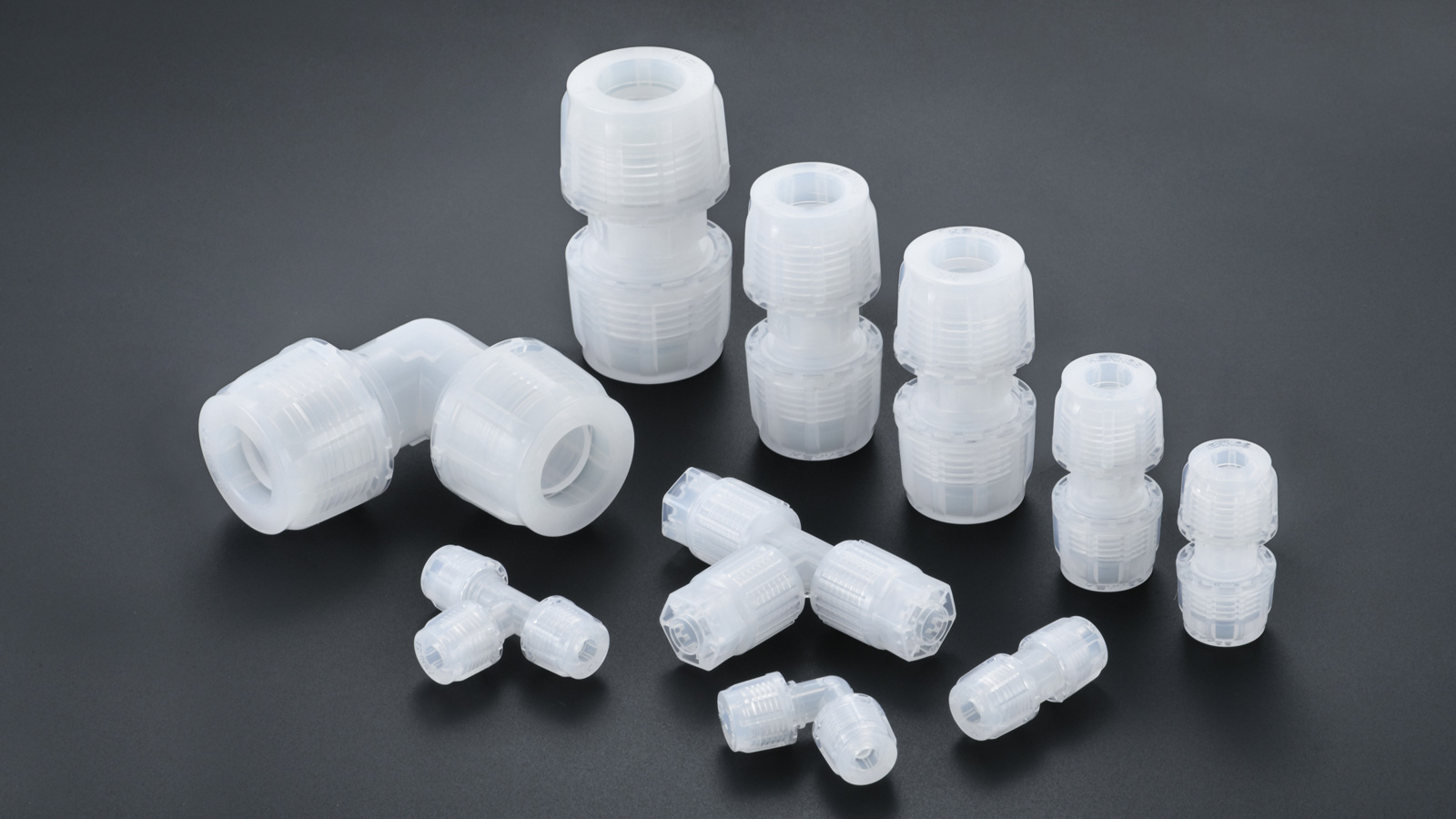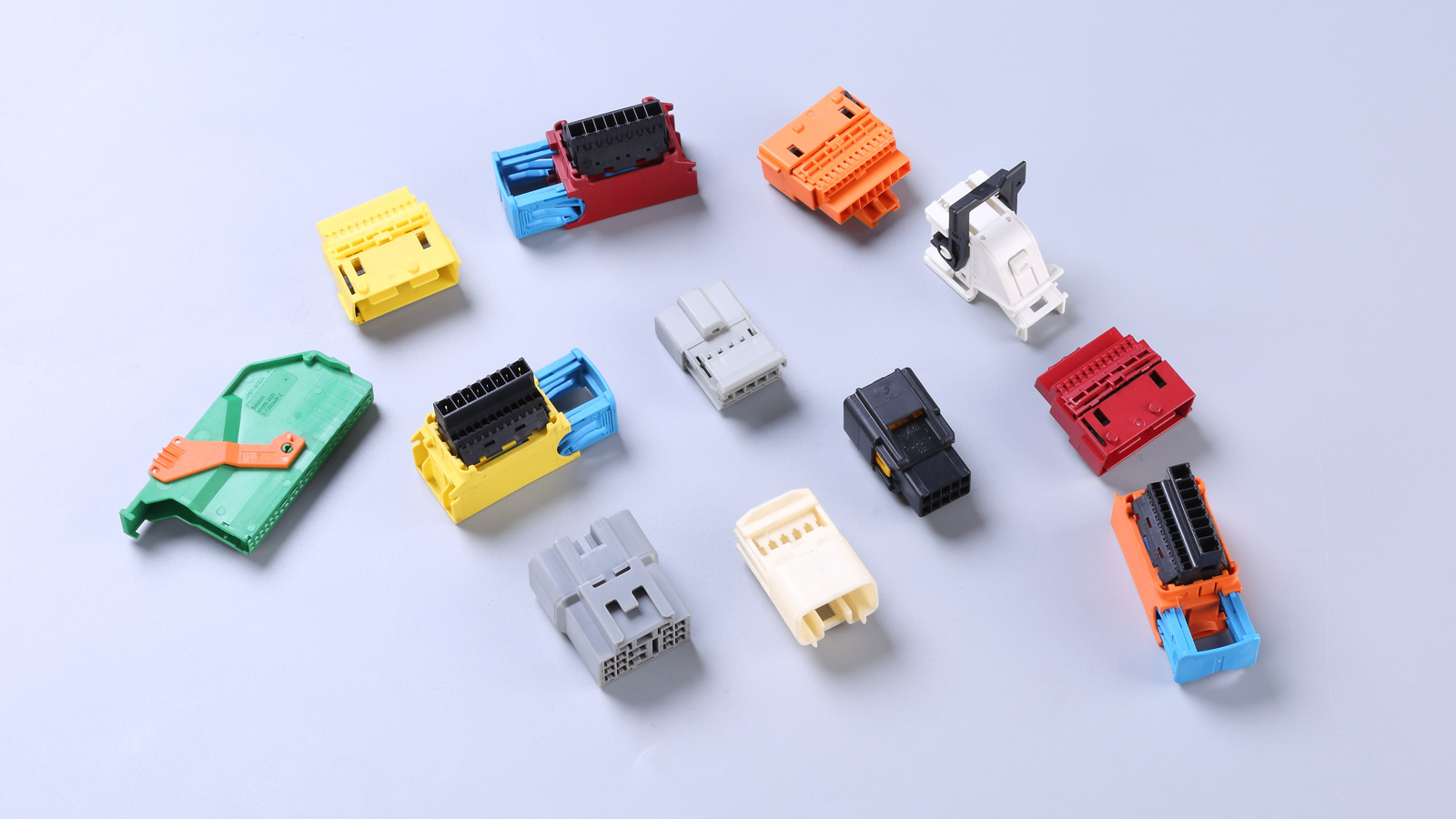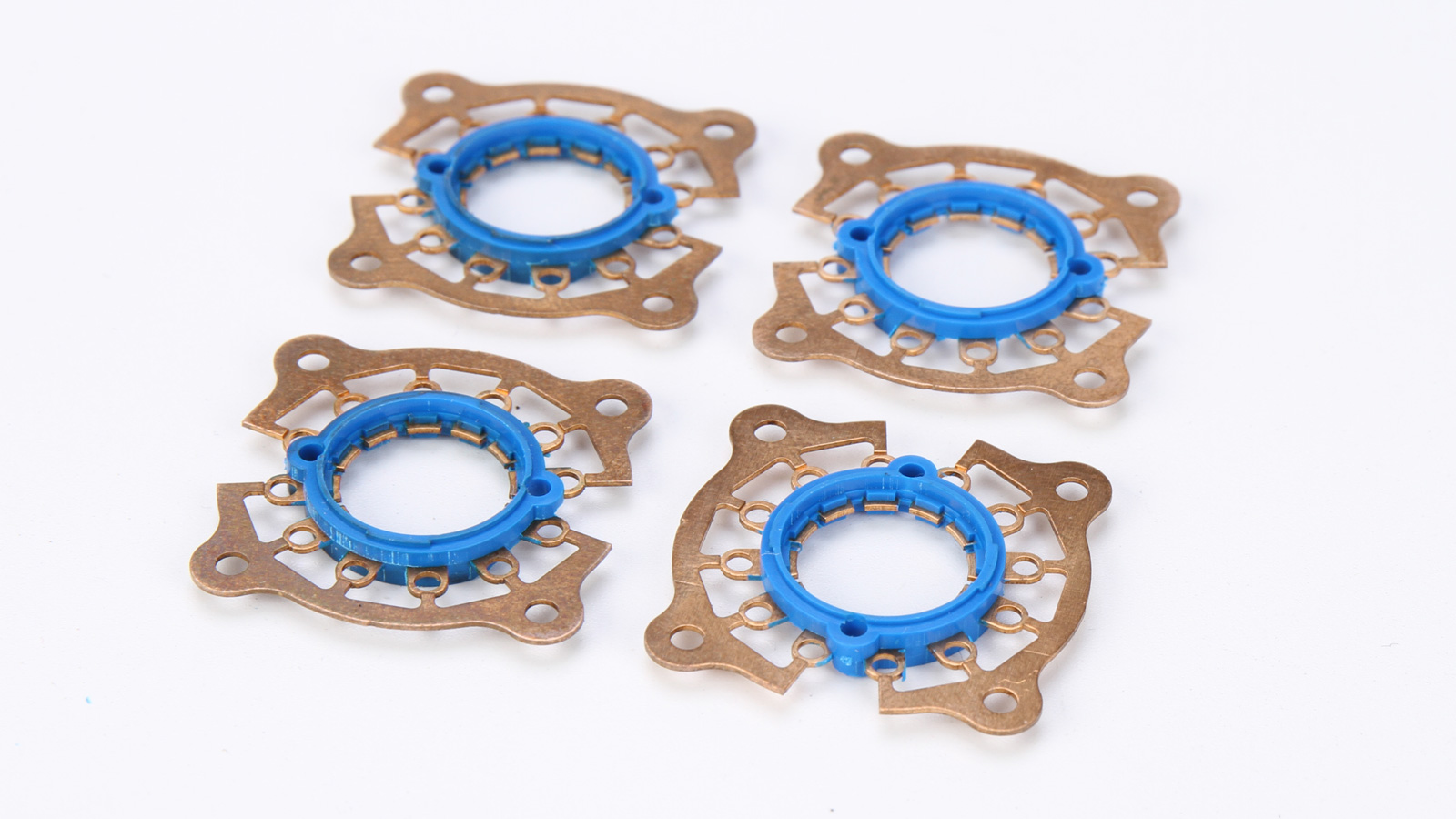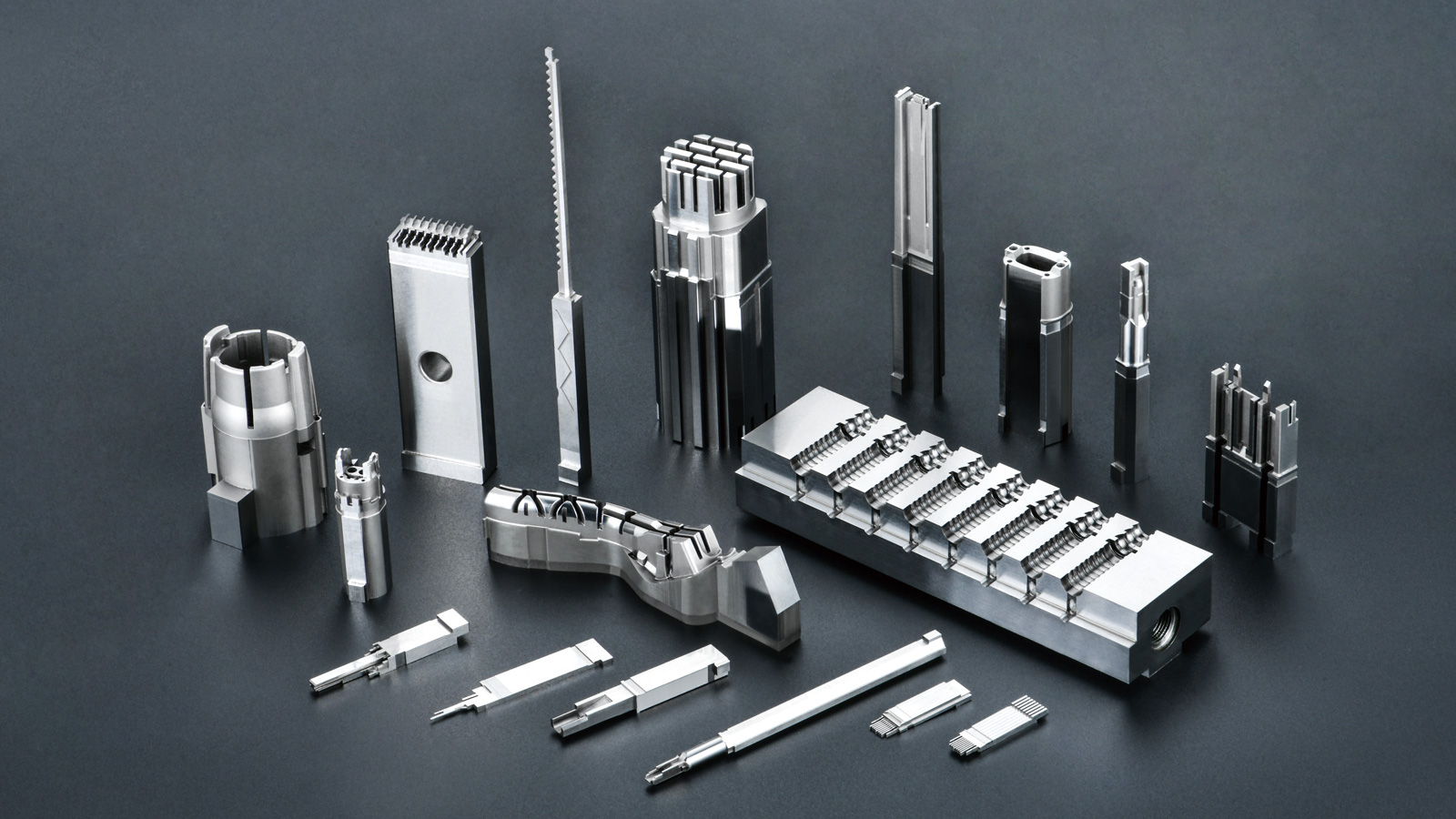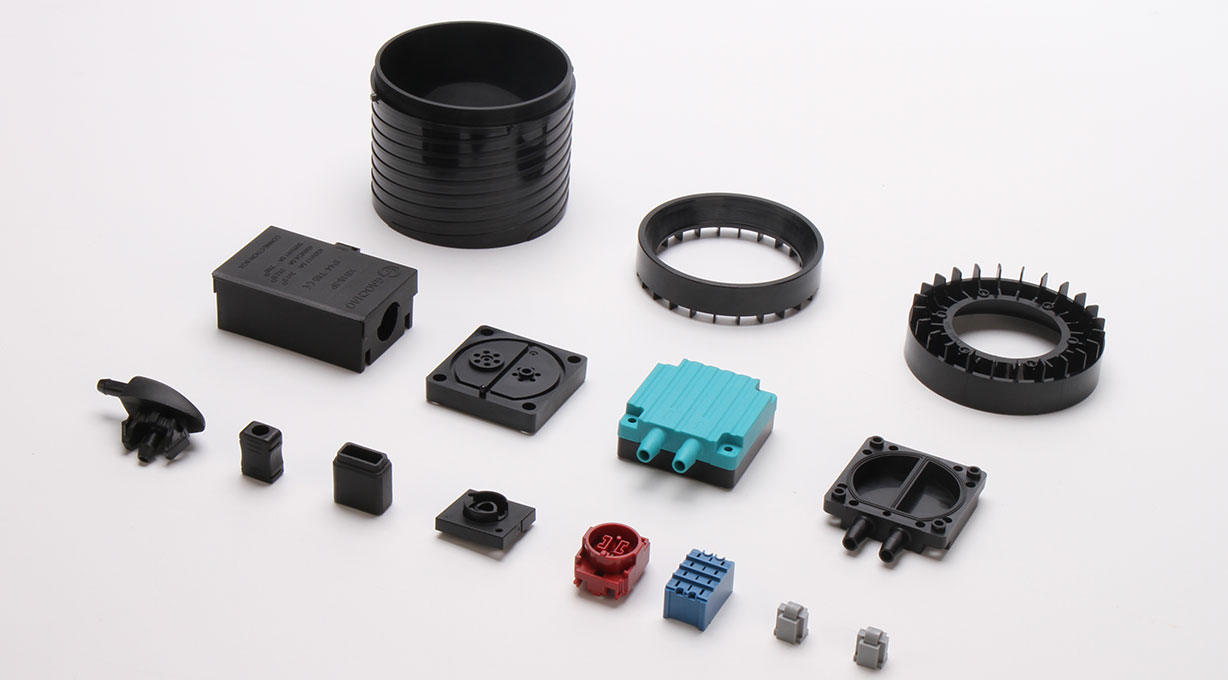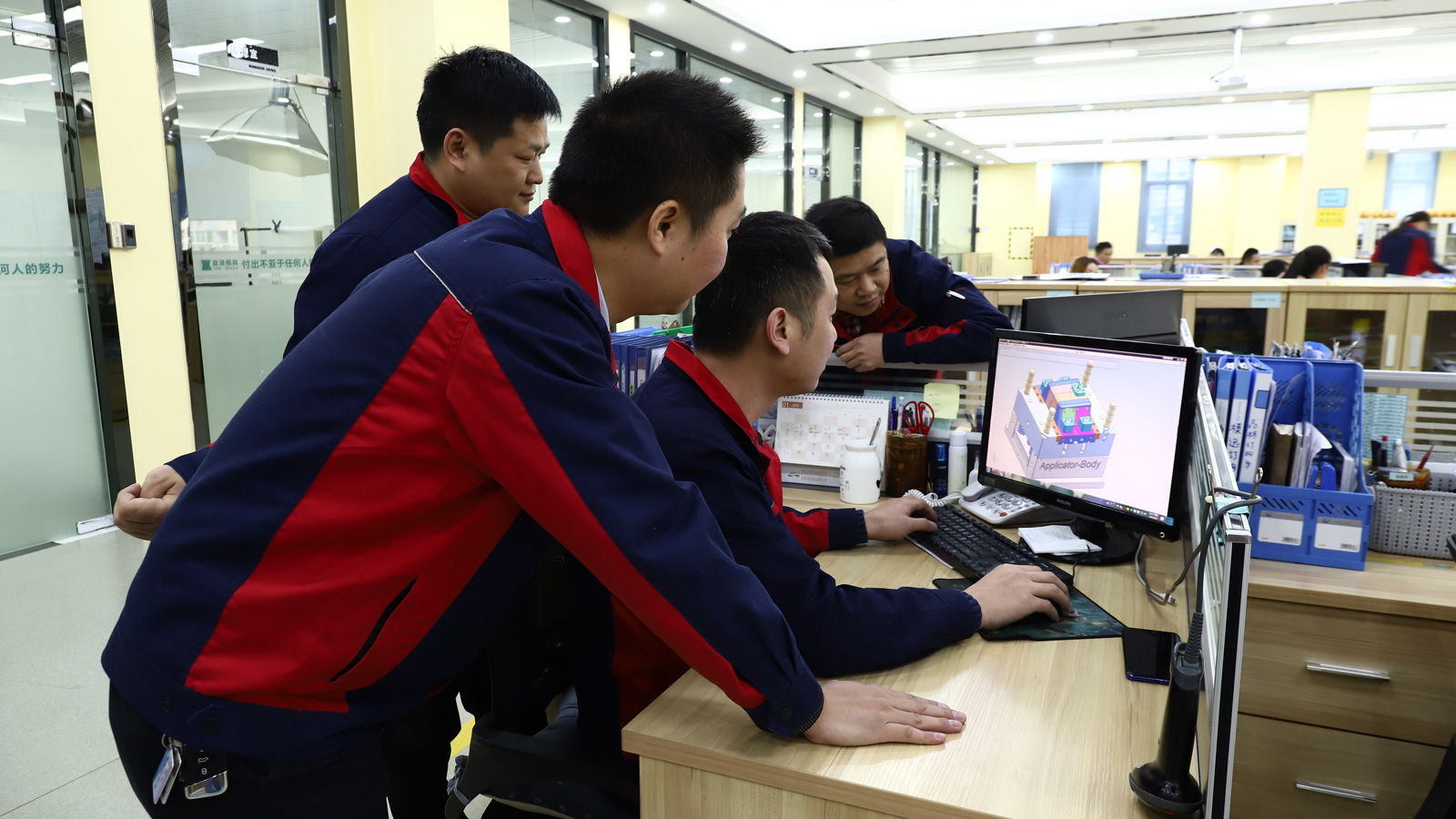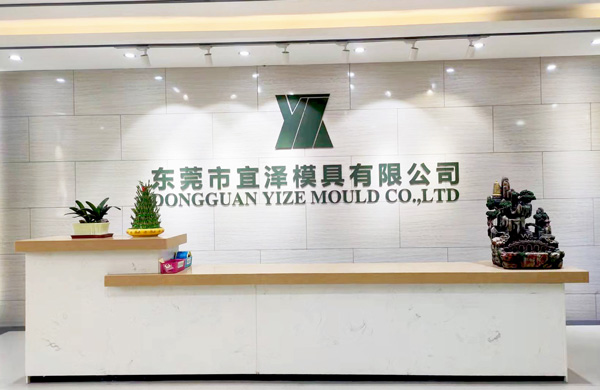In the field of plastic part design, exterior design is not just a simple shaping process but a comprehensive discipline that requires balancing and considering multiple factors. An outstanding exterior design for plastic parts should not only meet the functional requirements of the product but also take into account production processes, cost control, as well as the quality and aesthetics of the final product. So, what factors should be considered when designing the exterior of plastic parts?
1. Selection of Parting Line Position
The parting line plays a crucial role in the production process of plastic parts, directly affecting the appearance quality of the product. When designing the product, careful planning of the parting line position is necessary to ensure it appears in a place that does not affect the appearance quality of the part. A reasonable parting line position can avoid leaving obvious marks on the part’s surface, ensuring a clean and aesthetically pleasing appearance. For example, for high – end electronic product casings, which have high appearance requirements, a cleverly designed parting line can make the product look more refined and enhance its overall texture.
2. Rationality of Structure and Exterior Design
Whether the structure and exterior design of the part are reasonable directly relates to the difficulty of gate design and the feasibility of mold manufacturing. A reasonable structure and exterior design should fully consider facilitating the design of the gating system, allowing the molten plastic to fill the mold cavity smoothly and avoiding problems such as uneven filling and short shots. At the same time, it should also consider the ease of mold manufacturing, reducing the processing difficulty and cost of the mold. In addition, the impact of gate marks on the part’s appearance cannot be ignored, and how to deal with gate marks needs to be considered during the design process to ensure a perfect part appearance. For instance, by optimizing the gate position and shape or using post – processing techniques to reduce the impact of gate marks.
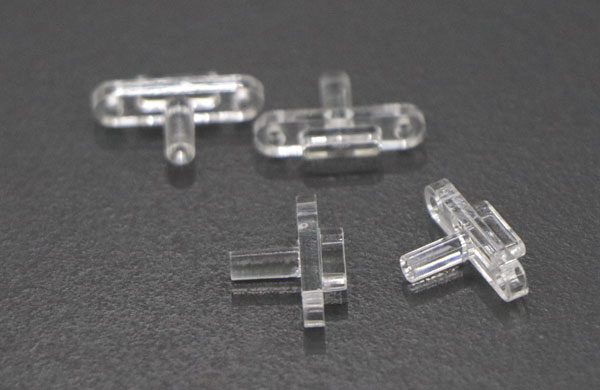
3. Avoiding Sharp Edges and Thin – Wall Designs
There is often severe stress concentration at the edges of the part, which makes this area prone to cracking, affecting the service life and reliability of the part. Therefore, sharp edges should be avoided in the design as much as possible. At the same time, since plastic parts are easily damaged at thin walls and sharp edges on the mold core can also cause damage, the service life of the mold should be fully considered during part design, and sharp edges at the parting line of the plastic part should be avoided. Rounded or chamfered designs can be used to replace sharp edges, which can not only reduce stress concentration but also improve the strength and toughness of the part.
4. Avoiding Curved and Stepped Shapes at the Parting Line
Using curved and stepped shapes at the parting line of the part significantly increases the difficulty of mold manufacturing. The presence of curves and steps makes the parting surface of the mold more complex, requiring higher processing accuracy and more complex processing techniques. This not only increases the manufacturing cost of the mold but also extends the manufacturing cycle. Therefore, curved and stepped shapes should be avoided at the parting line during the design process, and a simpler and easier – to – process parting surface design should be chosen.
5. Consideration of Symmetrical Design
The exterior should be designed as symmetrically as possible. Symmetrical design is not only aesthetically pleasing but also allows for more uniform plastic flow during the injection molding process, reducing internal stress caused by uneven flow. For plastic parts with complex shapes, designs with too small an angle between two intersecting walls should be avoided, as a small angle can cause significant resistance to plastic flow during the filling process, leading to defects such as incomplete filling and weld lines. By adopting a reasonable symmetrical design and optimizing the angle, the quality and stability of the part can be improved.
6. Preventing the Occurrence of Exterior Defects
The shape and structural design of the part need to fully consider whether it will cause exterior defects such as sink marks, collapse, local deformation, warpage, cracking, and seams. These defects not only affect the appearance quality of the part but also reduce its performance and service life. For example, an unreasonable wall thickness design may lead to uneven shrinkage of the part during the cooling process, resulting in warpage and deformation; and sharp corners are prone to stress concentration, causing cracks. Therefore, sufficient simulation analysis and optimization should be carried out during the design process to avoid the occurrence of these exterior defects by adjusting the shape, wall thickness, ribs, and other structures of the part.
In summary, the exterior design of plastic parts is a comprehensive process that requires designers to comprehensively consider multiple factors such as the parting line position, the rationality of the structure and exterior, and the avoidance of sharp edges. Only by fully considering these factors can high – quality, high – performance, and aesthetically pleasing plastic parts be designed.

